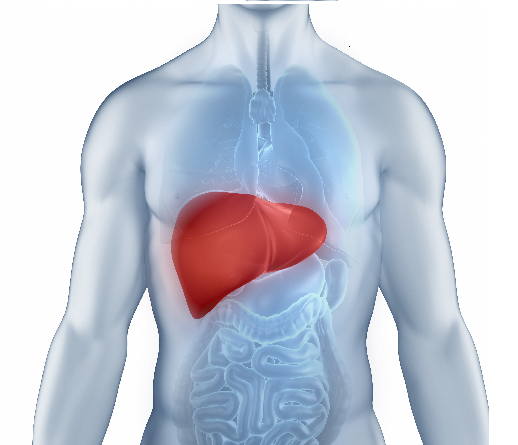Vitiligo and Loss of Skin Colour

Vitiligo is a long-term skin condition that causes blotches of skin colour loss. It occurs from the destruction of melanocytes, which are the cells that generate melanin, the pigment that provides skin colour. This article will explore the causes of colour loss due to vitiligo, its symptoms, and the prevention of vitiligo white spots.
What is Vitiligo?
Vitiligo, an autoimmune disorder, is characterised by the body’s immune system mistakenly attacking and destroying melanocytes in the skin. This process leads to the formation of white patches on various body parts, such as the face, hands, arms, feet, and genital area. Although vitiligo is not contagious or life-threatening, its visible symptoms can have significant psychological and social implications for affected individuals.
What are the Stages of Vitiligo?
Vitiligo affects each person differently. Some people may experience a rapid loss of skin colour in patches, followed by periods when the condition remains unchanged. Vitiligo can be classified into three stages.
- Localised
In the localised stage, vitiligo affects only one or two small areas of the skin. Early signs include light white patches on the skin, which may initially turn pale and then white. If blood vessels are visible beneath the skin, these patches might appear pale pink instead. Hair in these areas can also lose colour, turning prematurely grey or white.
- Generalised
If vitiligo progresses, the small patches may spread across the body, leading to generalised vitiligo. New patches can appear, or existing ones may expand. However, many individuals with vitiligo only have localised patches that do not progress to the generalised stage.
- Universal
Almost all skin pigment is lost in the universal stage, resulting in widespread depigmentation across the entire body. Universal vitiligo is rare, and not everyone with vitiligo will reach this stage. The appearance of vitiligo on white skin can be particularly noticeable.
What are the Types of Vitiligo?
Vitiligo can be classified into several types:
- Segmental Vitiligo: This type typically affects only one side of the body and often follows a dermatomal distribution, appearing along areas supplied by a specific nerve. It’s more common in children and usually stabilises after a few years.
- Non-Segmental Vitiligo: The most common form, non-segmental vitiligo, includes various subtypes:
-
- Focal vitiligo: Characterised by a few localised patches of depigmentation.
- Mucosal vitiligo: Affects mucous membranes, such as the lips and genitals.
- Acrofacial vitiligo: Involves the extremities and face, often affecting the hands, feet, and face.
- Generalized vitiligo: The most prevalent subtype, characterised by widespread, symmetrical patches.
- Universal vitiligo: This rare form results in nearly complete depigmentation.
- Mixed Vitiligo: This type features characteristics of both segmental and non-segmental vitiligo, with areas of pigment loss following both patterns.
- Unclassified Vitiligo: This category includes less common forms that do not fit into other classifications, such as vitiligo punctata, which features small, confetti-like depigmented spots.
What are the Causes of Vitiligo?
Vitiligo’s exact cause is unknown, but several factors are believed to have contributed to its development:
- Autoimmune response – The immune system attacks and destroys melanocytes.
- Genetic Factors – A family history of vitiligo or other autoimmune diseases increases the risk.
- Environmental Triggers – Certain events, such as sunburn, stress, or exposure to industrial chemicals, might trigger vitiligo in susceptible individuals.
What are the Symptoms of Vitiligo?
Vitiligo’s main symptom is the appearance of light white patches on the skin. These vitiligo white spots are more noticeable in sun-exposed areas like the face, hands, and feet. Other symptoms include:
- Premature whitening of hair.
- Loss of colour in the tissues inside the nose and mouth.
- Loss of or change in colour of the retina.
How is Vitiligo Diagnosed?
Diagnosing white pigment of the skin involves the following methods:
- Medical History – The doctor reviews the family history and past skin conditions.
- Physical Exam – The skin is examined for white patches.
- Wood’s Lamp – A UV light is used to highlight depigmented areas.
- Skin Biopsy – In some cases, a small skin sample is taken to check the absence of melanocytes.
- Blood Tests – A few blood tests are done to check for related autoimmune conditions.
How to Prevent Vitiligo?
Here are a few ways to prevent loss of skin colour.
- Wear sun-protective clothing to minimise UV exposure to the skin.
- Protect skin from cuts, scrapes, and burns.
- Apply sunscreen with SPF 30 or higher wherever in the sun.
- Avoid tanning beds and sunlamps to reduce UV exposure.
Vitiligo is a skin disorder that impacts both physical and emotional well-being. It’s associated with autoimmune diseases such as thyroid disorders, pernicious anaemia, and type 1 diabetes. Regular checkups are essential to monitor these conditions. Individuals should consult their healthcare provider and schedule thyroid or diabetes tests with Dr Lal PathLabs.
FAQs
1. What causes vitiligo white patches on the face?
Vitiligo causes white patches on the face due to the loss of melanocytes, the cells which are responsible for producing skin pigment.
2. How does vitiligo appear on white skin?
Vitiligo on white skin may be less noticeable than on darker skin but can still be identified by lighter patches than the surrounding area.













